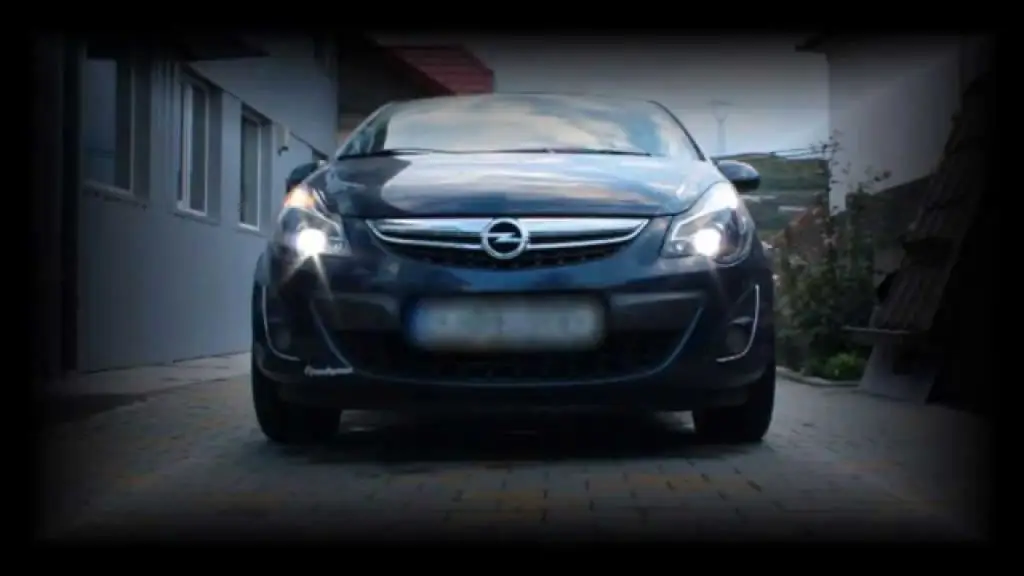2025 Author: Erin Ralphs | [email protected]. Last modified: 2025-01-22 21:14:09
The current-collecting leads or terminals on batteries are made of soft, fusible lead. This is done for a reason - in the event of a short circuit, the terminal will simply melt and the circuit will break. This is very convenient, but due to the softness of the metal, the terminals may need to be repaired during the operation of the battery. Collector leads can oxidize, break, burn out. Let's find out how to repair the battery terminal.
When repairs are needed
Most often found on trucks. The need for repair will be indicated by poor contact with the battery wires. Since large currents flow on trucks, the terminal burns and melts in areas with poor contact. At one fine moment, the current collector either breaks off or melts completely. This can often happen when the car owner connects two batteries in series and there is poor contact at the junction of one of the batteries.
Second frequentcase follows from the first. The terminals are destroyed due to poor contact between the negative battery wire and the car body. In the people it is called "bad mass". If the contact with the “ground” is unreliable, then the positive contact heats up and burns out or requires repair.
The third case when you need to restore a car battery is mechanical damage to the terminals. There are many types of damage. It often happens that the battery is installed on the car, then the contact terminals with wires are put on. Then tighten the bolts on the terminals tightly with a wrench to achieve better contact. When the bolt is already tightened enough, the car owner pulls again and again. Current leads are made of lead, and from such force effects they bend and break off.
Here is another popular example of mechanical damage. The battery is not fixed under the hood of the car. And when the driver drives on the roads, the battery dangles as she wants, and bounces merrily over bumps. What can happen to him there, the car owner does not suspect. But often the terminals do not withstand such mockery and break.
The last option is short circuits. As a result, huge currents are generated that can melt not only the lead terminals, but also the wrench on “13”.

How to restore the battery
So. There is a relatively new or just a well-functioning battery, but without one or without two terminals. No worries - everything can be repaired. Motorists with experience offer effective ways and share secrets on how to restore the terminalon the battery. In this case, the terminal will be no worse than the factory one.

Building solder POS-30
To work you will need a powerful soldering iron. Solder is an alloy of lead and tin. POS solders, including this option, melt when a temperature of 183 degrees is reached. Also, for work, you will need a special form, similar to the diameter of the terminal. With a soldering iron, solder is melted into a mold and melted onto what is left of the terminal on the battery.
This method is definitely good and deserves respect, POS-30 solder has low melting points, and compared to analogues, it is not dangerous for polypropylene cases of modern batteries.
Among the disadvantages of this method, the deposition process itself can be distinguished. The temperatures that are sufficient to melt the factory lead-antimony terminals are higher than the melting point of POS-30. A strong connection of the new terminal with the remainder of the old one in this case will not work. This repair deserves the right to life, but it is more decorative. Even if it is possible to connect wires to the battery, under the influence of vibration and heating from high starting currents, such a restored terminal will collapse in a few months.

Antimonous solders POSS
And here's how to repair the terminal on the battery using other materials. You can use solder, or you can use old sawn-off current collectors from worn-out batteries. Melt the solder with a soldering iron slowly, this is more preferable than pouringmolten alloyed lead. In the first option, there is a possibility that the remnants of the factory current collection will melt and a metal-to-metal connection will occur. If you quickly pour lead, then what is left of the old terminal will not have time to heat up and again you will get a fragile decorative repair.
The disadvantage of such a restoration of the battery terminals is that the melting temperatures are too high compared to the melting temperature of the polypropylene from which the battery case is made. It is important to work very carefully so as not to burn the battery cover. Liquid lead will leak into the battery very quickly and short out the battery. Even if the circuit does not happen, the contact between the case and the current lead will not be tight and the electrolyte will run away from the case, and the terminals will oxidize.

Garage technology
Here's how to repair a battery terminal with a graphite electrode and lead. This is the most barbaric way, but affordable and inexpensive. It is barbaric in relation to the battery being repaired.
The bottom line is that the current-collecting terminals are connected to each other in a short circuit mode. The only resistance in this circuit is the graphite electrode. You can gut a thick AA battery or use an old starter brush. The solder melts in a shape similar in diameter to the terminal. Melting occurs with an electric arc. Such battery repairs can be carried out even in the field, but you need to remember that a weak battery will not allow you to ignite an electric arc.

Conclusion
This is how broken or melted terminals can be repaired. Most people use the graphite electrode method. But we must remember that such a repair is still short-lived and cannot be as reliable as at the factory. If the current collector leads can be repaired, you need to lubricate them with grease so that the terminals do not oxidize in the future.
Recommended:
How to polish scratches on a car with your own hands: technology and materials

Scratches on a car body are quite common. You can find them anywhere, unsuccessfully opening the door, parking too close to a bush, not noticing an obstacle, and in a number of other situations. In some cases, you can get rid of them only by resorting to painting in the cabin, in others, you can polish the scratches on the car with your own hands
Replacing the timing belt on Lanos with your own hands: features of the work

In the article you will learn how the timing belt is replaced on Lanos. The state of this element must be monitored as closely as possible, since literally everything depends on it - both your financial well-being and the operation of the engine. The fact is that a broken belt can lead to the breakdown of several valves, and the cost of repairs is quite high. Some motorists naively believe that Lanos is a cheap car with nothing to break
How to connect xenon with your own hands: instructions. Which xenon is better

A rare car from the assembly line is equipped with lighting that would completely satisfy the owner of the car. Halogen lamps with a power of 50-100 W do not allow you to feel comfortable driving in the dark. If we add here wet asph alt that absorbs light, it becomes clear that the driver has no choice but to connect xenon
How to properly soundproof a car with your own hands? Required Materials and Tips

Even in a new car, the enjoyment of driving can be spoiled by constant noise from tires, other cars, wind, etc. A lot of extraneous sounds gradually begin to annoy even people with a very stable nervous system. To save yourself from annoying noise, you need to do a lot of work on installing soundproofing
Painting a car with your own hands in the garage

Professional car painters say you can't paint a car in a garage to a high quality. The body needs to be processed in specially equipped chambers under certain conditions. But the price of such high-quality painting will be quite high. And it is relevant for fresh and expensive cars. Usually in this case they decide that painting a car can be done in the garage, with your own hands. How to do this, we will consider further

